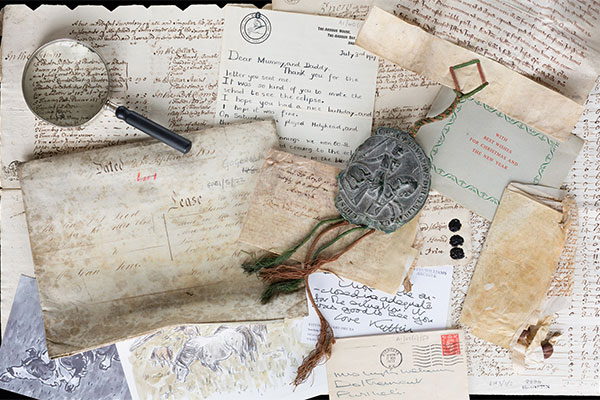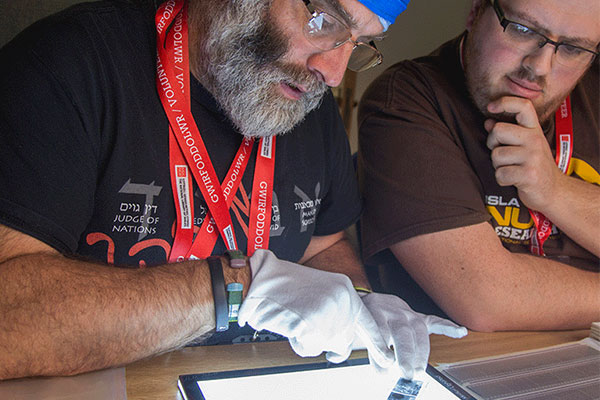Chronicler
Although Gruffudd was a soldier and an administrative officer, it is his work as a transcriber, translator, and in particular as a chronicler, which is of interest today. Gruffudd’s most important work is his chronicle, which is one of the most extensive narrative texts written in the Welsh language.
Gruffudd’s significance as a source becomes apparent in contemporary sections of the text, where the evidence is based upon his own experiences. While accompanying his master, Sir Robert Wingfield, he witnessed many important events, such as the meeting between the kings of England and France on the Field of Cloth of Gold, near Calais, as well as trials at the Court of Star Chamber, London. He gives lively descriptions of what he has seen and heard.
At some point in its history, the chronicle was divided into two parts, both of which are now held in the National Library. The earlier part of the chronicle, now NLW MS 5276D, belonged to Professor Thomas Powel until the Library purchased it after his death in 1922. The later part of the chronicle was held in the library of Mostyn Hall, Flintshire, as Mostyn 158, until it was bought by A. Cecil Wright and donated to the National Library in 1918. It is now NLW MS 3054D.




